A short history
Historically the estate of the Bishop of London, the Hyde Park Estate was subject to an ambitious masterplan in the 1800s, developed by architect and surveyor Samuel Pepys Cockerell. His aim was to redevelop the estate into a prestigious residential location, rivalling nearby Belgravia, with plans laid out to create spacious squares and grand terraces of mansions and townhouses to fill the acres of land between Hyde Park and Paddington Station.
Development started in 1807 with the formation of Connaught Square. Subsequently, a series of crescents, squares and boulevards, including Hyde Park Gardens, created a street layout, most of which survives today – although much of the historical development is no longer: in part due to redevelopment and in part due to bombing during the Second World War.
In contrast to other residential estates of the Church Commissioners, the Hyde Park Estate was not built to provide social housing. Instead it was designed as houses for the wealthy, in a fashionable prime London location, made to appeal to royal and aristocratic residents. As a result, the mansions had grand facades and internal proportions, with features including spacious entrance halls, large staircases, high ceilings, tall sash windows and ‘voluminous state room-sized accommodation’.
Between the 1880s and the 1920s, a whole new generation of residents moved into the area, including politicians and socialites such as Lord Randolph Churchill and Lady Myra Sackville (the inspiration for the Hollywood film White Mischief).
However, after the Second World War, due to high taxation, economic troubles and a lack of office space, the grand mansions of the area became redundant as homes and were instead converted into multi-let offices.
Connaught Square, with townhouses that were smaller and less palatial, survived as a residential address and is now most famously the London home of ex-Prime Minister Tony Blair.
History and character provide enduring appeal
Aside from some development in the mid-twentieth century, the Hyde Park Estate has largely retained its historic sequence of planned squares and crescents, some of which is Grade II listed. This, Beauchamp Estates claims, makes it an extremely important and attractive example of Georgian town planning in London.
Although most of the houses in Hyde Park Gardens and the broader conservation area have been turned into apartments, many of these apartments have kept rooms and features that are of a scale and proportion rarely found in modern property, Beauchamp Estates says.
Those period homes which survived damage caused to the northern part of the Hyde Park Estate during the war – which led to a number of buildings being demolished subsequently – now command an increasing price premium thanks to their period nature, scale and volume of accommodation and proximity to Hyde Park.
A change in perception
The Hyde Park Estate, and Hyde Park Gardens especially, first began to see a significant reversal of fortune after Tony Blair’s high-profile acquisition of a townhouse in the area. Other developments which also helped to increase and enhance the area’s profile were 4 Connaught Gardens, a period refurbishment of the old London headquarters of Cadbury’s which created 10 luxury apartments behind a classical façade, and 5-6 Connaught Place, once home to Lord Randolph Churchill and redeveloped into seven luxury residences.
Additionally, 2 Hyde Park Square saw the conversion of a 1960s block into 36 luxury apartments overlooking Hyde Park Square itself, which completed in 2013 and won a number of awards for its design.
Hyde Park Gardens and the immediate surrounding conservation area have also benefitted, both in terms of profile and market value, from the transformation and regeneration of its immediate neighbours. This has included the regeneration of Paddington and the surrounding areas, which began in 1998 and completed in 2018, and has led to the creation of a new business and residential district around the size of Soho.
Equally, in-demand Marylebone – one of the newer kids on the Prime Central London block, and currently one of its most popular – is creating a ripple effect for neighbouring areas which is driving considerable price growth.
Landmark developments and locations in this area include The Chilterns, Chiltern Place, WestOne, Chiltern Street, The Fire House, 108 Brasserie and Bar and Monocle Café, which are all helping to drive demand from wealthy young professionals and high net worth individuals.
Meanwhile, in nearby Marble Arch, a new landmark mixed-used development - Marble Arch Place - is due for completion in 2020. Once complete, the development will consist of an 18-storey residential tower with 54 apartments, as well as a 7-storey commercial building providing over 95,000 sq.ft. of high-quality office space.
Elsewhere, the reversion of many offices back to residential use and a range of developments in Mayfair, such as Mayfair Park Residences, Clarges Street and Grosvenor Square, have helped to grow the number of properties in the area and drive the affluent neighbourhood’s renaissance.
To the south of Hyde Park Gardens, on the other hand, is Knightsbridge and Belgravia - two of London’s most prestigious residential addresses. It’s also home to One Hyde Park, which has 86 residential properties linking to the Mandarin Oriental Hotel, and Lancelot Place, home to a number of luxury developments.
Furthermore, Albert Hall Mansions - the first London apartments to be designed and built for the then ‘aspiring upper middle classes’, in 1865 – retains a sense of grandeur and splendour.
To the west of Hyde Park Gardens, meanwhile, is The Lancasters, a scheme of 77 apartments with French renaissance-style façades, offering 24-hour concierge, a spa and underground parking. There is also The Hempel Collection, 34 luxury apartments in the iconic former Hempel Hotel, and Whiteley’s shopping centre – currently undergoing a substantial £1 billion regeneration project which will bring leisure, retail and residential opportunities: including apartments, penthouses and a limited number of townhouses.
“Property to the north of Hyde Park is relatively undervalued, but its low profile with buyers and developers has enabled it to stay slightly under the radar, that is until now,” Jeremy Gee, managing director of Beauchamp Estates, said.
“The continued rise of neighbouring areas such as Marylebone, and landmark development activity, like Almacantar’s Marble Arch Place, is increasingly bringing the area into focus.”
He added: “The location is appealing to clients who are seeking a discrete, central London address: its location, combined with the proportions of many of the properties which are rarely found in new builds, the access to green space (Hyde Park is moments away) and Connaught Village, with its independent shops and cafes, makes the area highly attractive and unique.”



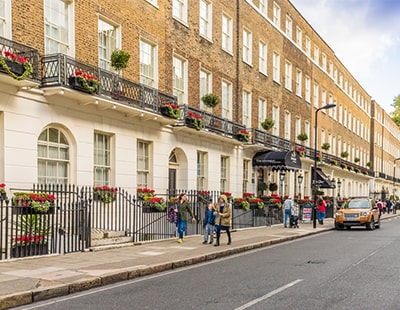
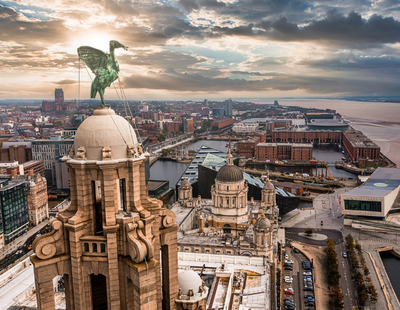
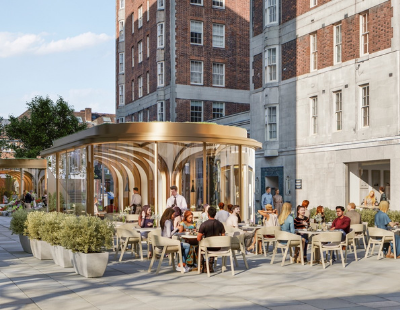
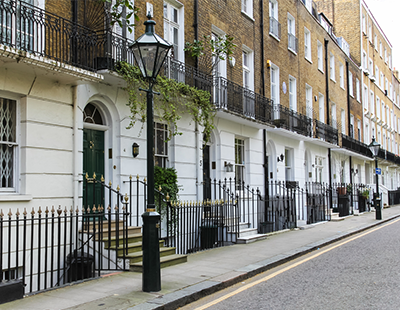
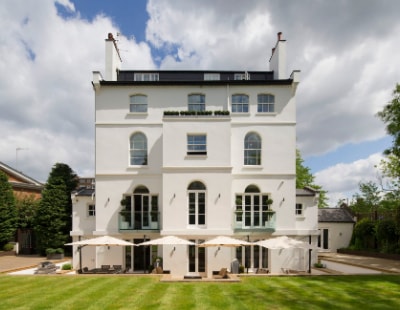

.jpg)
.png)









Join the conversation
Be the first to comment (please use the comment box below)
Please login to comment